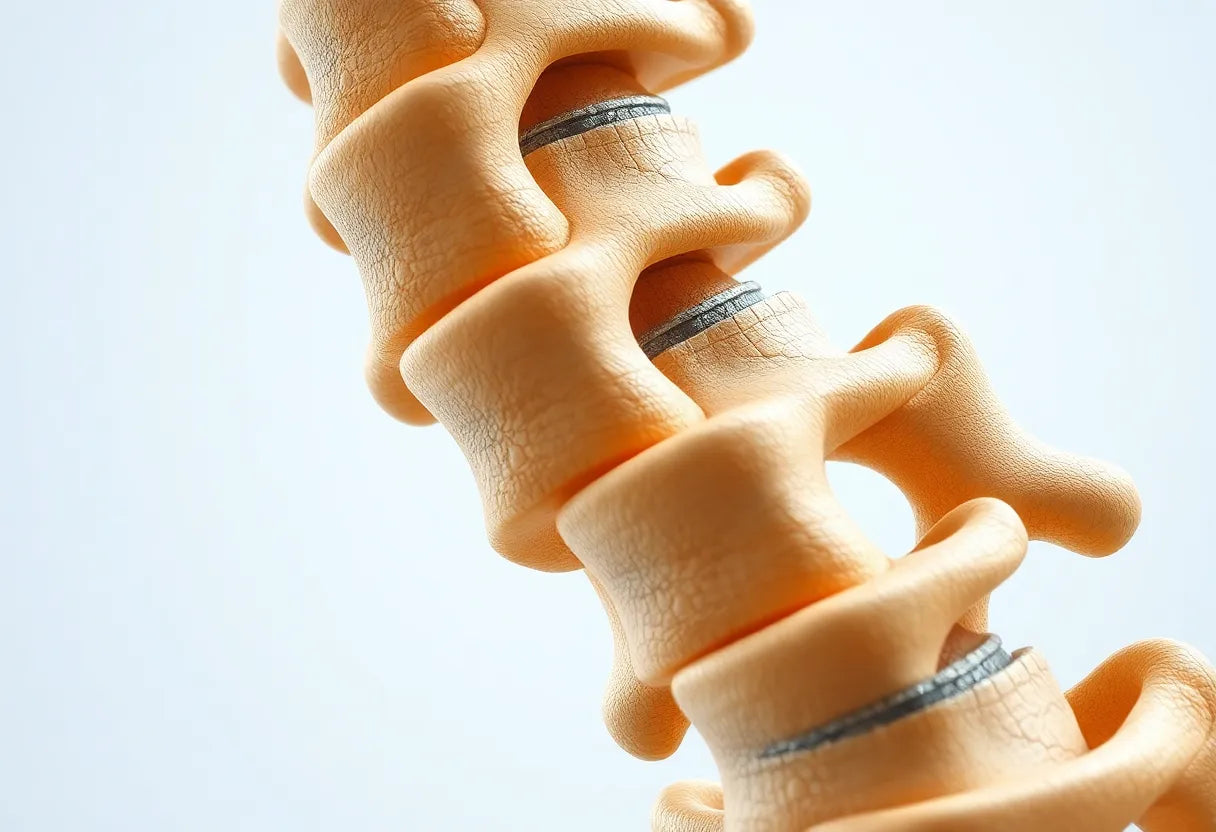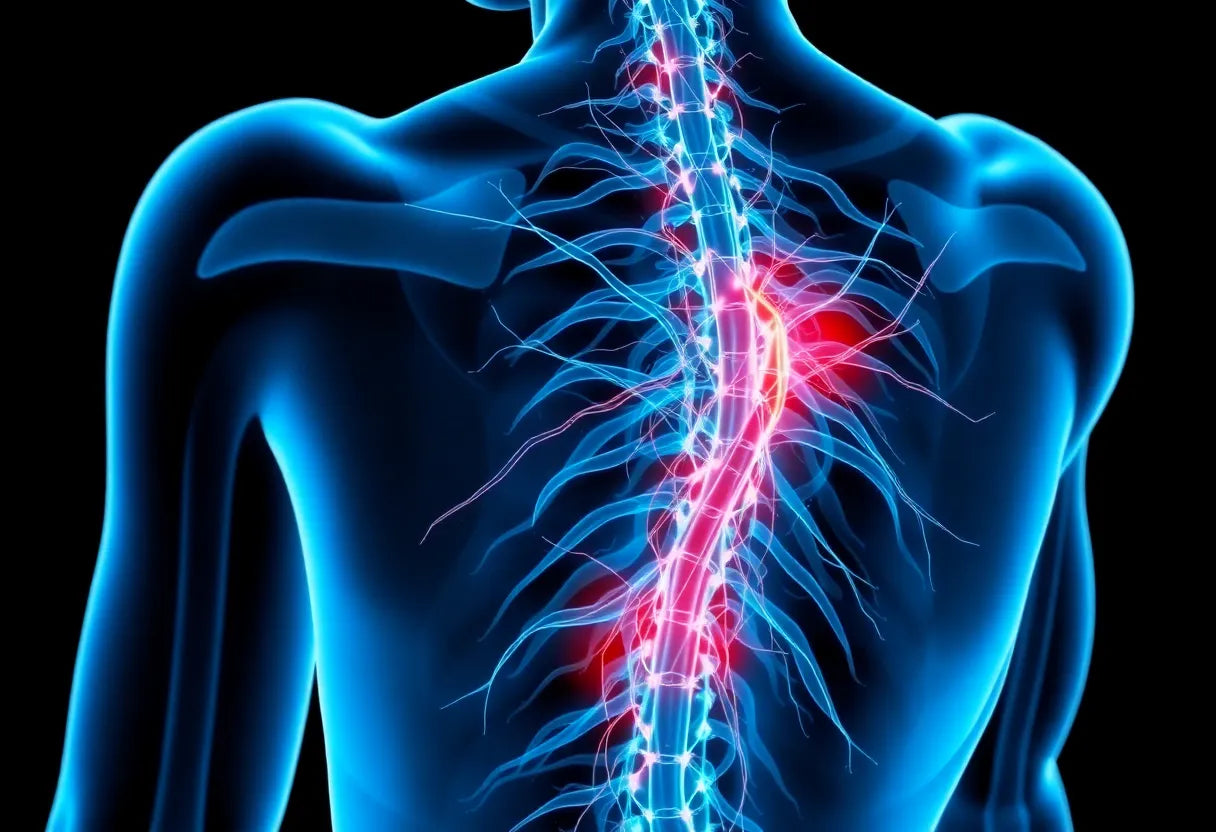Reduced leg strength is a concern that can significantly impact the quality of life, affecting everything from daily activities to overall mobility. Our legs are fundamental to our ability to move freely, supporting us in walking, running, standing, and even sitting. However, when leg strength diminishes, these simple actions can become challenging, leading to frustration and a potential decrease in independence.
Understanding reduced leg strength
Reduced leg strength is not just an issue for the elderly or those with specific health conditions; it can affect anyone at any stage of life. Whether it's the result of a sedentary lifestyle, prolonged sitting, or the aftermath of an injury, weakened legs can lead to noticeable changes in how we perform everyday tasks. You might first notice it as a struggle to stand up from a chair, difficulty climbing stairs, or even a sense of instability during physical activities. This decline in leg strength can be gradual, often creeping up unnoticed until it starts to interfere with daily routines.
The importance of addressing leg weakness
Ignoring signs of leg weakness can lead to more serious consequences over time. A lack of leg strength increases the risk of falls, which can result in injuries that further limit mobility. Additionally, it can lead to a cycle of inactivity, where the fear of falling or the discomfort of weakness discourages movement, exacerbating the problem. It's crucial to identify the underlying causes of reduced leg strength to address the issue effectively and prevent long-term complications. Whether the cause is muscular, neurological, or vascular, understanding the root of the problem is the first step toward regaining strength and confidence.
Empowerment through knowledge
Knowledge is a powerful tool in combating reduced leg strength. By understanding the causes and potential solutions, individuals can take proactive steps to improve their leg strength and overall health. This empowerment through knowledge not only helps in managing symptoms but also in making informed decisions about lifestyle changes, treatments, and interventions that can lead to a better quality of life. In the following sections, we will explore common causes, symptoms, and strategies to effectively manage and treat reduced leg strength, guiding you on a path to reclaiming your mobility and independence.
Common causes of reduced leg strength
Understanding the root causes of reduced leg strength is crucial for addressing the issue effectively. Various factors can contribute to this condition, ranging from musculoskeletal to neurological and vascular causes. Let's delve deeper into these common causes to help you identify potential reasons behind leg weakness.
Musculoskeletal causes
Musculoskeletal issues are a frequent cause of reduced leg strength. Overuse injuries, muscle strains, and ligament injuries often occur in athletes or those who engage in vigorous physical activities. These injuries can lead to temporary weakness, which usually resolves with adequate rest and physical therapy. However, chronic overuse without proper recovery can exacerbate the problem, leading to persistent weakness.
Neurological causes
Neurological conditions significantly impact leg strength by affecting nerve function and muscle control. Conditions such as herniated discs and sciatica can compress nerves, leading to pain and weakness in the legs. More severe neurological disorders like multiple sclerosis, amyotrophic lateral sclerosis (ALS), and Parkinson's disease can also cause progressive muscle weakness. These conditions disrupt the communication between the brain and muscles, resulting in reduced strength and coordination.
Vascular causes
Poor circulation, often due to peripheral artery disease (PAD), can lead to reduced leg strength. PAD restricts blood flow, depriving leg muscles of essential oxygen and nutrients, which can cause fatigue and weakness. Addressing vascular health through lifestyle changes and medical interventions can help improve circulation and alleviate these symptoms.
Autoimmune and inflammatory diseases
Autoimmune disorders like rheumatoid arthritis and myasthenia gravis can cause chronic leg weakness. These conditions involve the immune system attacking healthy tissues, leading to inflammation and muscle damage. Managing these diseases through medication and lifestyle adjustments can help reduce inflammation and improve muscle strength.
Symptoms and diagnosis
Recognizing the symptoms of reduced leg strength is the first step toward effective diagnosis and treatment. Common symptoms include muscle fatigue, pain, tingling, numbness, cramps, and reduced reflexes. These symptoms can significantly affect mobility, making walking, standing, and maintaining balance challenging.
Diagnostic methods
Diagnosing the underlying causes of leg weakness involves a comprehensive approach. Healthcare providers typically begin with a thorough medical history review and physical examination. Neurological assessments help evaluate nerve function and muscle strength. Imaging techniques like X-rays, MRIs, and CT scans provide detailed insights into structural issues, while nerve conduction studies assess the efficiency of nerve signal transmission. These diagnostic tools are essential for identifying the specific cause and guiding appropriate treatment strategies.
When to seek emergency attention
While some causes of reduced leg strength can be managed with lifestyle changes and medical interventions, certain symptoms warrant immediate medical evaluation. Sudden onset of weakness, especially if accompanied by numbness, loss of bowel or bladder control, slurred speech, vision changes, or paralysis, could indicate a stroke or spinal emergency. In such cases, prompt action is critical to prevent further complications and ensure the best possible outcome.
Understanding these causes, symptoms, and diagnostic methods empowers individuals to take proactive steps in managing reduced leg strength. By addressing the underlying issues and seeking timely medical attention when necessary, you can improve your mobility and enhance your quality of life. In the next section, we will explore effective management and treatment options to help you regain strength and confidence.
Management and treatment options for reduced leg strength
Addressing reduced leg strength involves a combination of lifestyle changes, medical interventions, and preventive measures. By understanding and implementing these strategies, individuals can significantly improve their leg strength and overall mobility.
Lifestyle changes and home care
Adopting simple lifestyle changes can have a profound impact on leg strength. Incorporating regular physical activity into your routine helps maintain muscle mass and flexibility. Exercises such as walking, cycling, and resistance training are beneficial. Additionally, using compression stockings can enhance circulation, reducing fatigue and improving strength. Ergonomic adjustments, like ensuring proper seating and posture, can also alleviate stress on the legs and prevent further weakness.

Lumbar support belt
Lower back support belt for stabilisation and relief, ideal for leg pain, herniated discs and sciatica.
Medical interventions
For more severe cases of leg weakness, medical interventions may be necessary. Physical therapy is often recommended to improve strength and coordination through targeted exercises. Medications, such as anti-inflammatories or muscle relaxants, can alleviate symptoms related to underlying conditions. In some instances, surgical options may be considered, especially if there is a structural issue like a herniated disc or severe vascular blockage.
Preventive measures
Preventing leg weakness is as crucial as treating it. Maintaining a balanced diet rich in essential nutrients supports muscle health. Regular exercise tailored to your fitness level helps preserve leg strength and prevent deterioration. It's also important to take breaks from prolonged sitting or standing to encourage blood flow and reduce strain on the legs. Incorporating these habits into your daily routine can help sustain leg strength and overall well-being.
Ergonomic solutions and Anodyne's role
Ergonomic solutions play a pivotal role in managing and preventing leg weakness. Anodyne offers a range of ergonomic aids designed to support leg health. These include supportive seating options that promote proper posture and reduce pressure on the legs, as well as workplace modifications that encourage movement and reduce strain. By integrating ergonomic solutions into daily life, individuals can alleviate symptoms of leg weakness and enhance their quality of life.

Men's Posture Shirt™ - Black
Improves posture and relieves pain with patented NeuroBand™-technology for daily use.
Frequently asked questions
What are the first signs of reduced leg strength?
Initial signs of reduced leg strength often include difficulty standing up from a seated position, trouble climbing stairs, and a general sense of instability during physical activities. It's important to monitor these changes and seek professional advice if they persist or worsen.
Can reduced leg strength be reversed?
Yes, in many cases, reduced leg strength can be improved with appropriate interventions. Engaging in regular physical activity, undergoing physical therapy, and making lifestyle adjustments can lead to significant improvements. However, the potential for recovery largely depends on the underlying cause.
How can I prevent leg weakness if I have a sedentary job?
To prevent leg weakness in a sedentary job, incorporate regular movement into your routine. Take short breaks to walk or stretch every hour, use a standing desk if possible, and perform exercises that target leg muscles. Additionally, ensure your workstation is ergonomically designed to support good posture.
When should I consult a healthcare provider about leg weakness?
You should consult a healthcare provider if you experience sudden or severe leg weakness, especially if it is accompanied by numbness, loss of bowel or bladder control, or other concerning symptoms. Persistent weakness that affects your daily activities or progressively worsens also warrants professional evaluation.
Kilder
- Capital Pain Center. (n.d.). "Leg Weakness: Symptoms, Causes, and Management."
- EmedicineHealth. (n.d.). "What Can Cause Weakness in the Legs?"
- Healthline. (n.d.). "Weakness in Legs: Causes, Symptoms, and Treatments."
- Spine Health. (n.d.). "Leg Weakness."
- Tua Saúde. (n.d.). "Weakness in Legs: Causes and Treatment."
- Medical News Today. (n.d.). "Weakness in Legs: Causes and Diagnosis."
- Cleveland Clinic. (n.d.). "Muscle Weakness."
- Medanta. (n.d.). "Weakness in Legs: Causes, Symptoms, and Effective Treatments."


















